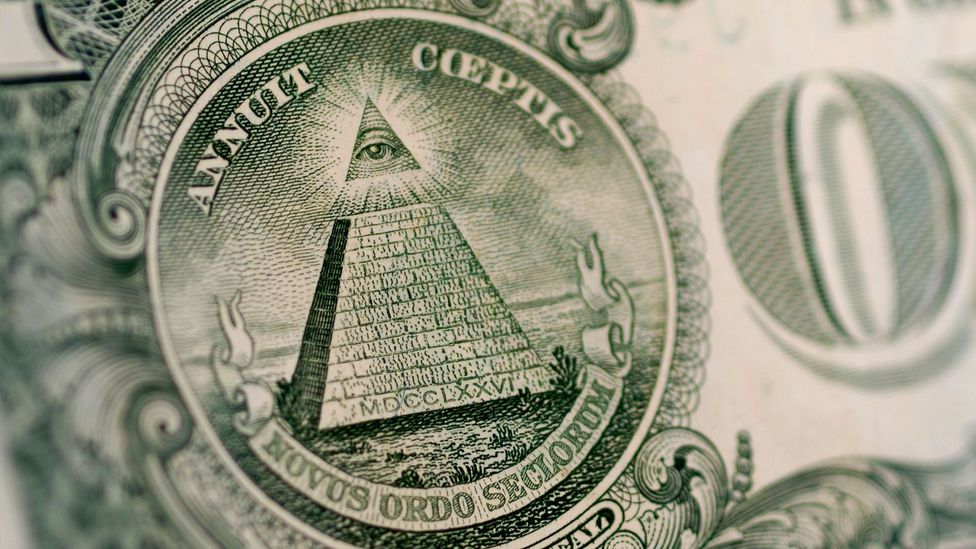While the exact origins of Freemasonry are, indeed, “lost in unrecorded history,” the organization is somewhat fixated upon its own past, and looks to a series of documents called the Old Charges to try to flesh out the history of the organization and lend validity to its rituals and traditions. Among these, the oldest is the Halliwell Manuscript, also known as the Regius Poem. It was written in Middle English around 1425, though it makes reference to much earlier events.
The oldest known lodge bearing similarities to modern Freemasonry dates back to 1598. The first Grand Lodge, a regional gathering of smaller lodges, was founded in London in 1717. From England, Freemasonry expanded with the advance of the British Empire, and “remains most popular in the British Isles and other countries originally within the empire,” according to the Encyclopedia Britannica.
The earliest known lodges in North America were located in Pennsylvania, where John Moore wrote of attending lodge meetings as early as 1715, two years before the first Grand Lodge was formed in London. Indeed, several of the Founding Fathers of the United States were Freemasons, including George Washington, Benjamin Franklin, and James Monroe. This has lent fuel to one of the more intractable American conspiracy theories regarding Freemasonry, which asserts that the Founding Fathers wove Masonic symbols and rites into everything from national seals to city streets to the dollar bill.


